Why is a transistor called a current control device?
A transistor is often referred to as a current control device because its primary function in electronic circuits is to control the flow of electric current. Transistors are semiconductor devices that can amplify or switch electronic signals, and they can be used to regulate the amount of current flowing through a circuit.
There are two main types of transistors: NPN (negative-positive-negative) and PNP (positive-negative-positive). In an NPN transistor, for example, current flows from the collector to the emitter, but this flow can be controlled by a smaller current applied to the base terminal. By varying the current at the base, you can control the larger current flowing between the collector and emitter.
The ability to control the current flowing through a transistor is fundamental to its operation in various electronic devices, such as amplifiers, oscillators, and digital circuits. This property makes transistors crucial components in modern electronics, enabling precise control and manipulation of electrical signals.

 CBSC Exam Test
CBSC Exam Test 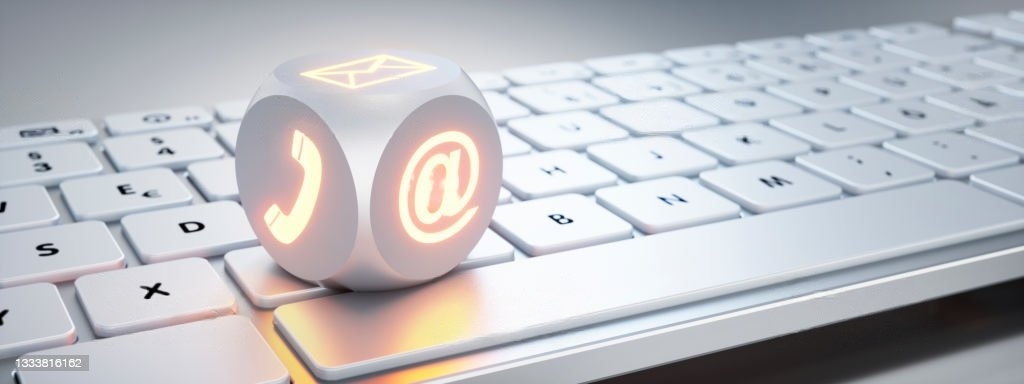 CBSE Bank
CBSE Bank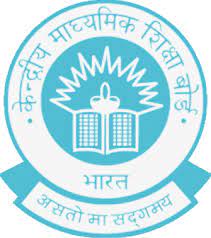 CBSE EXAM
CBSE EXAM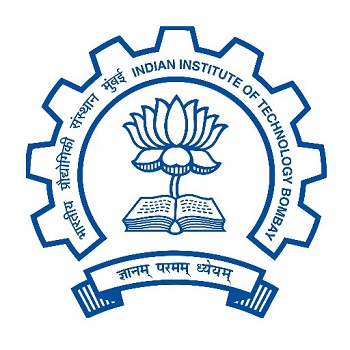 GATE Exam
GATE Exam .png) HPPSC Exam
HPPSC Exam 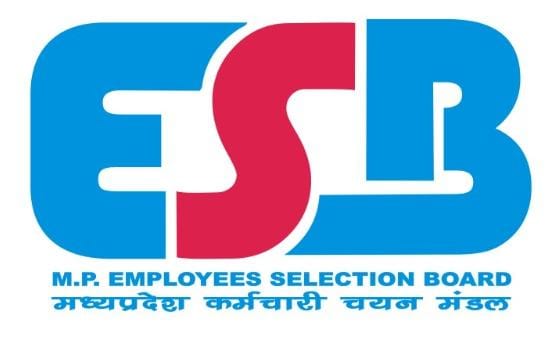 MP JE EXAM
MP JE EXAM 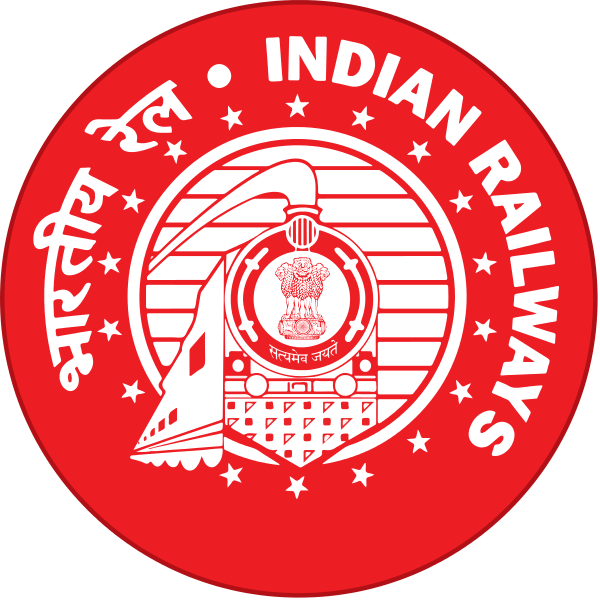 RRB JE Exam
RRB JE Exam  School Exams
School Exams  (1110 × 300px) (1).png) Class 9 CBSE Board
Class 9 CBSE Board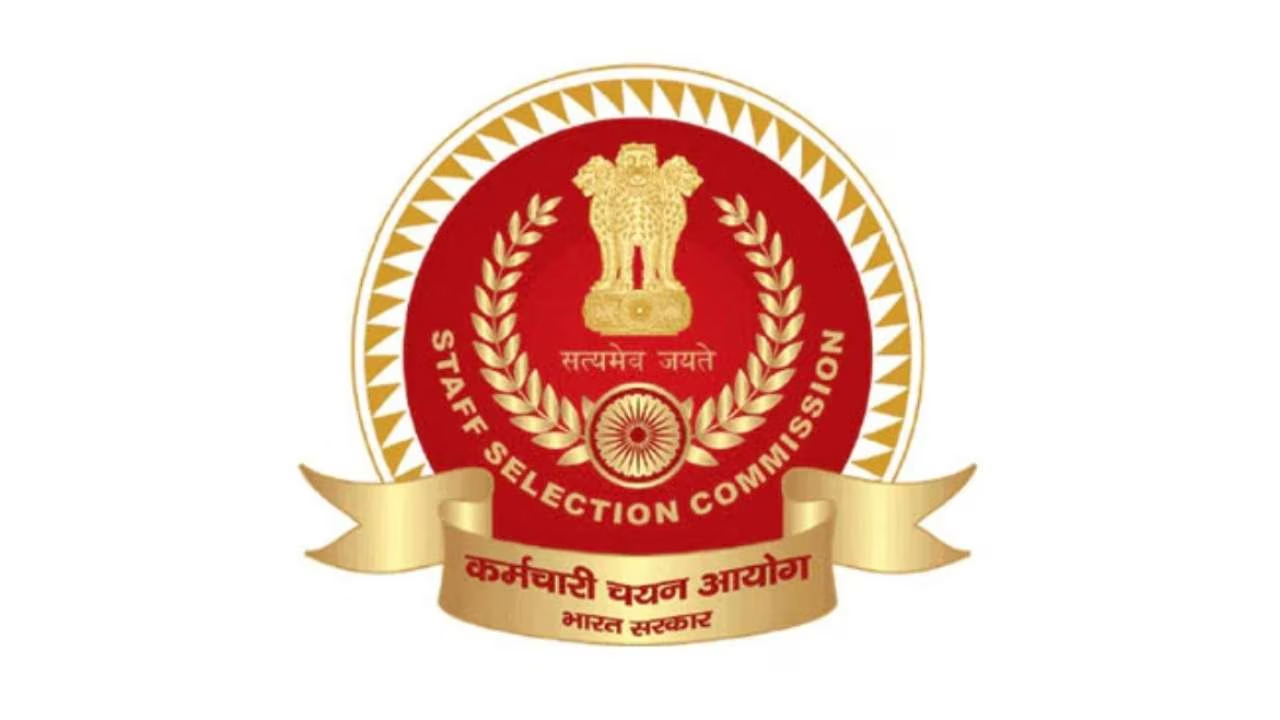 SSC JE EXAMS
SSC JE EXAMS .webp) UPPCL
UPPCL 




Pushpendra
Thanks Sir
Very Nice
Rahul
Nice
Sir bhut frustation ho rha h.. 2 sal se preparation kr rha hu... Bar bar 2-3 no se rah ja rha h
Diksha kumari
Ee
Nice
ROSHANI SONI
Very good
Very good and knowledgeable story